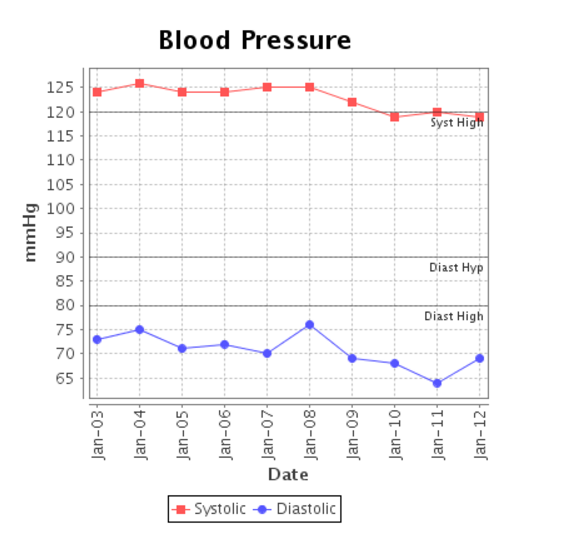Understanding High Blood Pressure: Risks and Control
Make control your goal
High blood pressure, or hypertension, is a condition in which the force of blood against artery walls is too strong. It is common ailment, and it is common for many Veterans to hear about hypertension at their health care appointments. Over time, without treatment, high blood pressure can damage the arteries, heart, and kidneys and can lead to heart disease and stroke.
A person has high blood pressure (hypertension) when either or both of the following are present:
The top number (systolic) is 140 mm Hg or higher.
The bottom number (diastolic) is 90 mm Hg or higher.
High blood pressure can be treated effectively with lifestyle changes and medicines that can reduce the risk of complications.
Your high blood pressure risk factors
Risk factors are different for each person. Learn what blood pressure risk factors you have. Then, talk to your health care team about changes you can make to help control your risk. Keep in mind that some factors, like age and family history, can't be changed. But others can be managed. Learn more.
Controlling high blood pressure
Normal blood pressure is less than 120/80. Knowing your blood pressure and remembering to check it regularly can help save your life. Choosing healthier, heart-conscious foods, maintaining a healthy weight, getting up and staying active, and managing your stress are great ways to help keep your blood pressure at the level it should be.
Learn more about managing blood pressure
High blood pressure: how to make control your goal
 It's up to you to successfully manage your blood pressure. But it doesn't have to be difficult. There are several ways to achieve a goal of control:
It's up to you to successfully manage your blood pressure. But it doesn't have to be difficult. There are several ways to achieve a goal of control:
Engaging your health care team in order to understand your blood pressure reading
Taking your medications faithfully
Monitoring your blood pressure are just a few ways you can achieve a goal of control.
With My HealtheVet, you can track your blood pressure as part of your Personal Health Record. When you are signed in, the Track Health "Vitals and Readings" section lets you enter your own systolic and diastolic numbers. You can also print out your data as part of your Blue Button report using "Vitals and Readings, Self Reported."
Learn more about medical records on My HealtheVet
Sign in to manage your health
In 2025, you'll need to use a Login.gov or ID.me account to sign in to My HealtheVet and other VA tools.
You must be a VA patient to access some parts of your VA health record. If you’re not enrolled in VA health care, you can apply now.
Learn how to apply for VA health care
Read more
What Is High Blood Pressure? (Veterans Health Library)
Hypertension: The Silent Killer
Updated February 5, 2025

